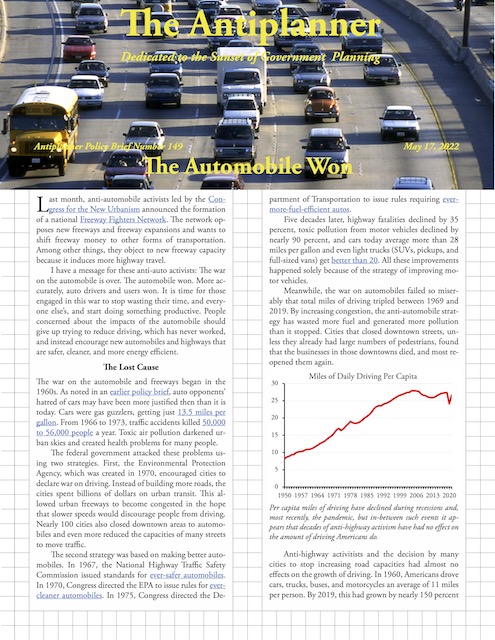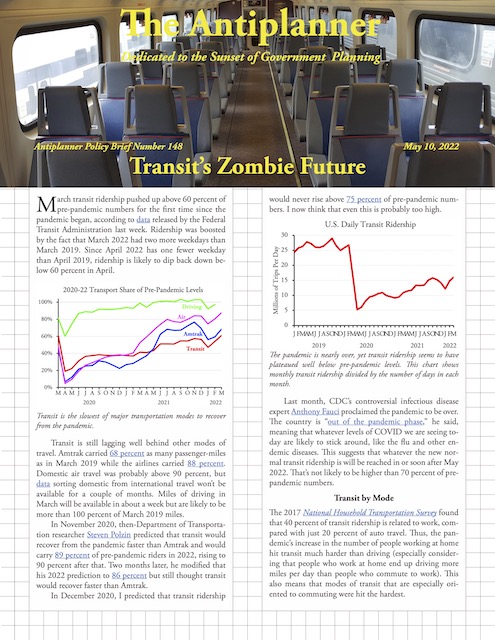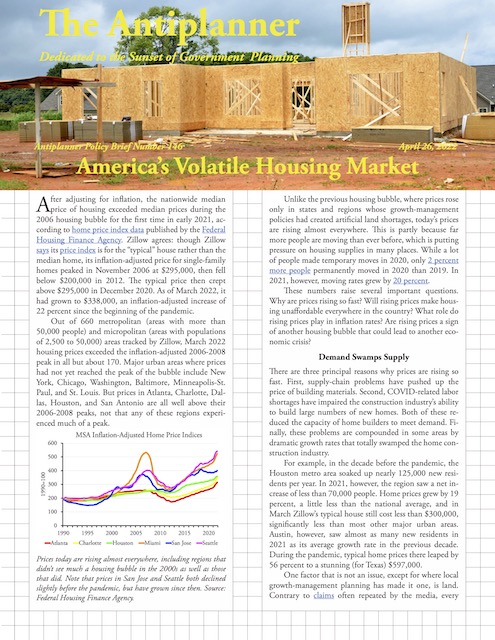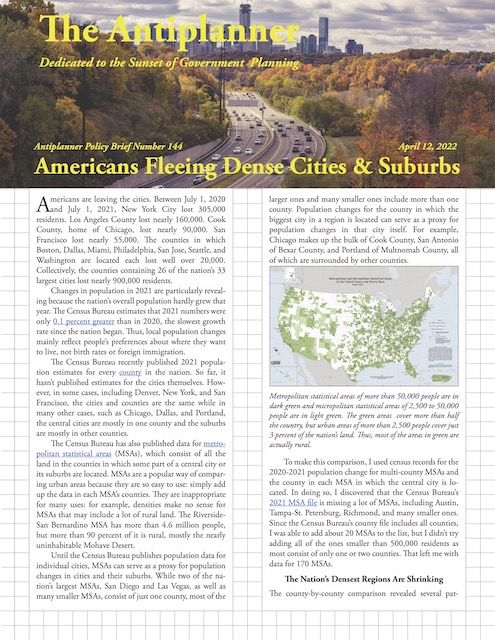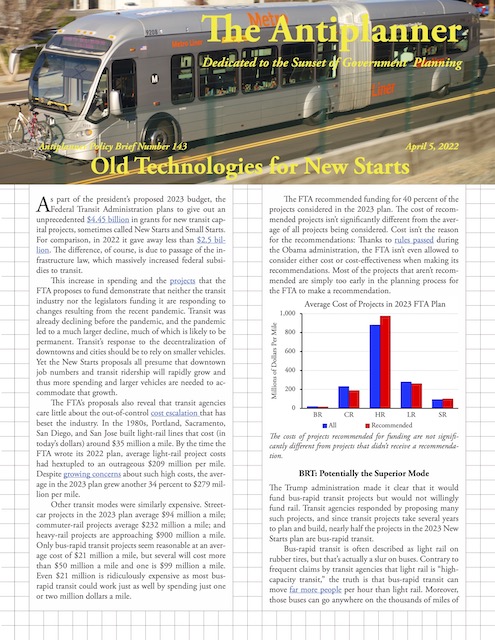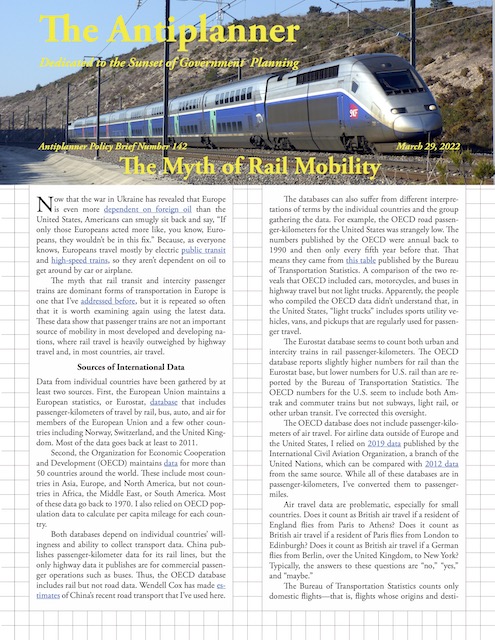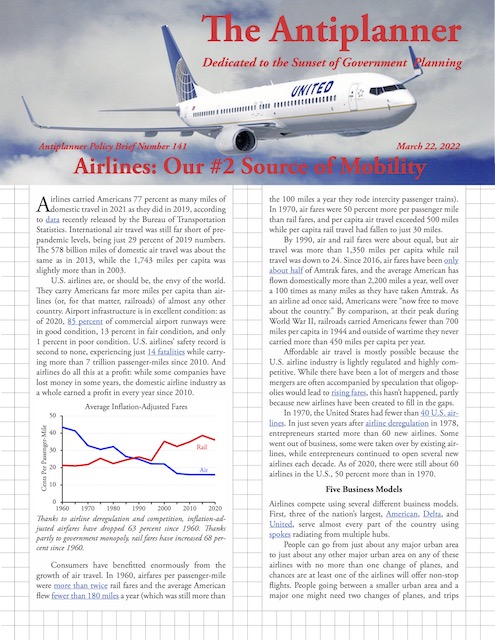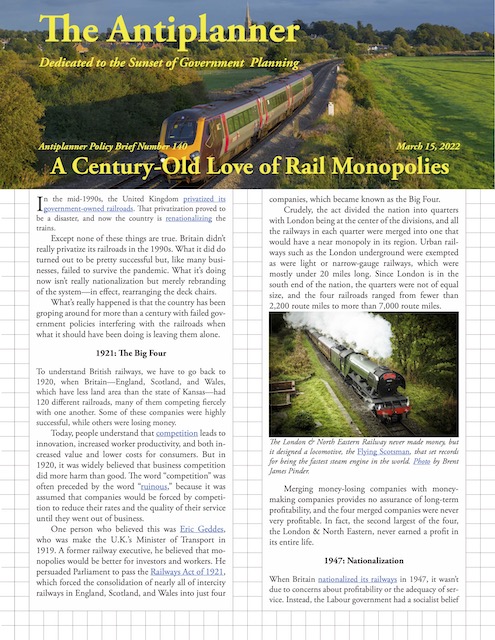Three years ago, it was easy to be optimistic about the future. World poverty was in rapid decline. Many major diseases had been nearly eradicated. Global trade tied nations together, limiting military conflicts in most of the world outside of the Middle East. Thanks to good old American innovation, energy prices were low. Most environmental problems, including air and water pollution, were either solved or proven solvable. While doomsayers made dire predictions about climate change, it was hard to take them seriously when their prescriptions were the same tired old central planning ideas they had always advocated even though most of those ideas would, in fact, increase greenhouse gas emissions.
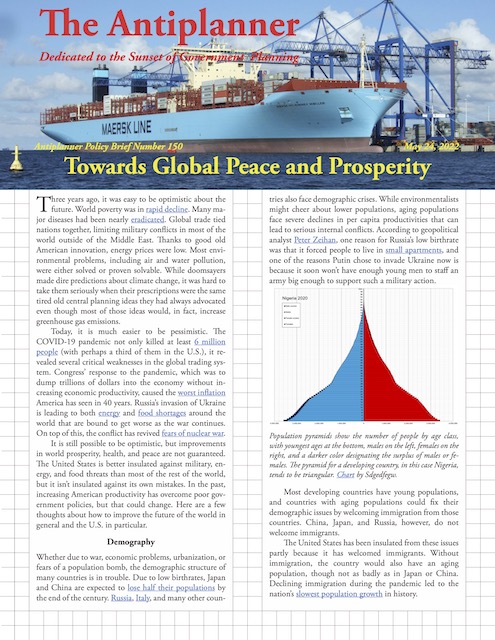 Click image to download a five-page PDF of this policy brief..
Click image to download a five-page PDF of this policy brief..
Today, it is much easier to be pessimistic. The COVID-19 pandemic not only killed at least 6 million people (with perhaps a third of them in the U.S.), it revealed several critical weaknesses in the global trading system. Congress’ response to the pandemic, which was to dump trillions of dollars into the economy without increasing economic productivity, caused the worst inflation America has seen in 40 years. Russia’s invasion of Ukraine is leading to both energy and food shortages around the world that are bound to get worse as the war continues. On top of this, the conflict has revived fears of nuclear war.

